My travels to Chautauqua, New York - A quiet, historical little resort town (with photos) worth a visit
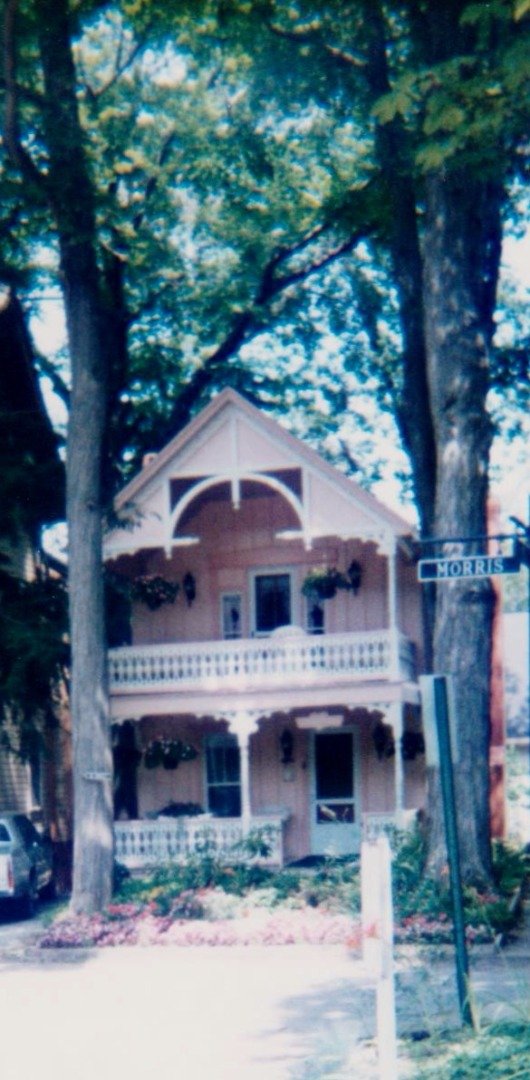
Located in the southwest corner of New York, Chautauqua has quite a history that many don't even realize. To look at the quaint houses and lakeside beauty, you would never know what 200 year history lies behind them.
I had the opportunity, through a church trip, to visit Chautauqua and stay in a host home for about a week. We attended church services, classes and had the chance to just wander the safe little town on our own.
My host was very gracious, with a home as beautiful inside as out.
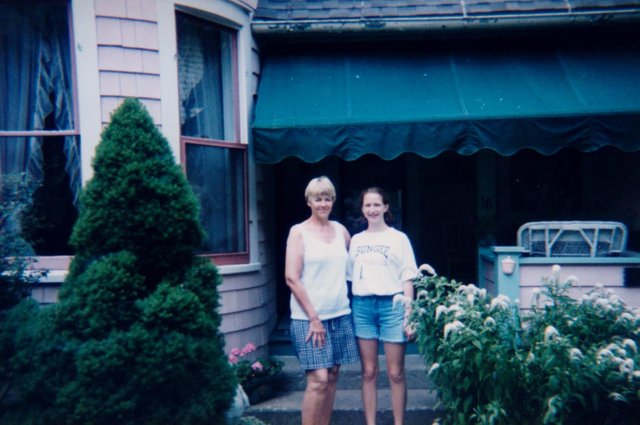
My roommate and I are still friends many years later :)
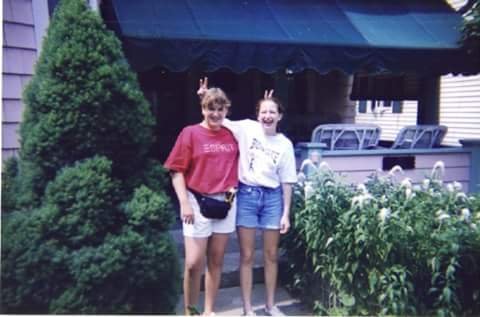
History of the town
There is much that has happened since the initial settlement of Chautauqua but I will give you a brief overview here. I am also including some informative links if you would like to learn more about its history.
Dr. Alexander McIntyre, of Meadville, first settled Chautauqua in 1804 although the county of Chautauqua wasn't organized until 1808. At that time the town was enlarged by the addition of townships on the eastern side, then subsequently decreased in size after all the other towns in the county were formed from the original town. At 41,318 acres, Chautauqua is still the largest town in the county.
Chautauqua was given its name from Chautauqua Lake, as it is located on the northwestern end of the lake. The name traditionally means "bag tied in the middle", as this is what the lake resembles. The Seneca Indians also have different meanings of the word:
"the place where one is lost"
"the place of easy death"
"fish taken out"
"foggy place"
"high up"
"two moccasins fastened together"
credit
Chautauqua itself became based around the Chautauqua Institution, founded in 1874 as an educational experiment in vacation learning, for children that were currently out-of-school. Although the majority of churches and gatherings are Episcopal and Methodist, the Institution welcomes all faiths to attend its events, classes and as teachers, proclaiming itself as ecumenical.
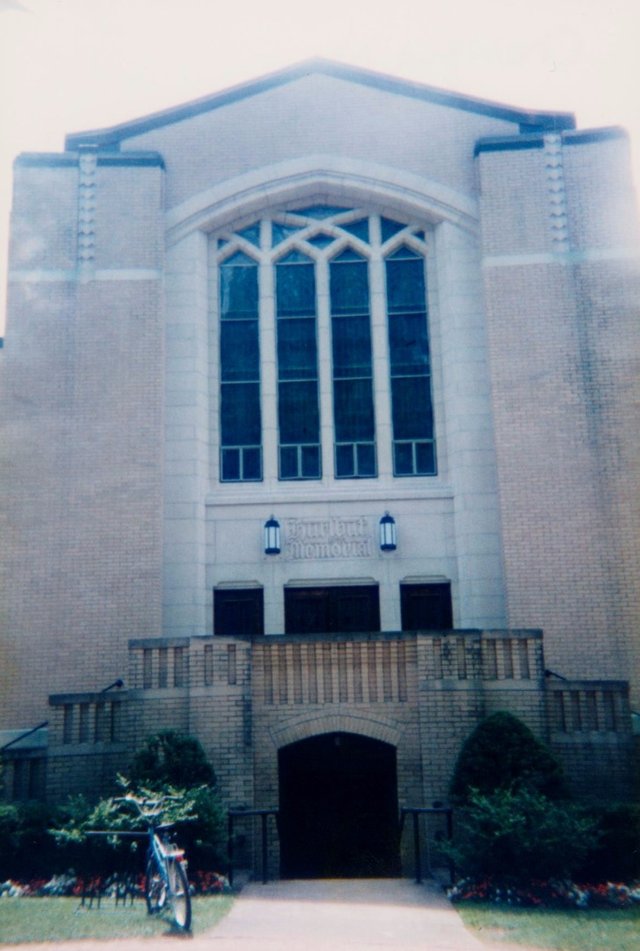
The history of churches in Chautauqua County and particularly Mayville, the county seat is lengthy but these are the most notable foundational churches of the area:
- The First Baptist Church of Mayville was organized with thirty-eight members, by Elder Jonathan Wilson, a pioneer missionary from Vermont, February 7, 1820. Mr. Wilson was the first pastor of the church. The church edifice was built in 1834.
- The Chautauqua Society of the Methodist Episcopal church at Mayville was formed about 1820. A house of worship was erected in 1851.
- St. Paul's Church of Mayville was organized with about twenty members in April, 1823, by Rev. David Brown, the first pastor. The first church edifice was completed in January, 1828, and consecrated by Bishop Habart, September 4, 1828. The present house was built in 1859, and consecrated by Bishop Coxe, May 18, 1865. Rev. G. W. Sinclair Ayres entered upon the rectorship of this church, November 1, 1893.
- The First Methodist Episcopal Church of Dewittville was formed with ten members in 1835, by William Gifford. This house of worship was purchased of the Baptists the same year. The first pastor was Rev. Mr. Burgess.
The First Free-Will Baptist Church of Chautauqua Hill, four miles north from Hartfield, was organized with five members in 1840, by Rev. T. V. Main, the first pastor, and a Mr. Neely. A house of worship was built about 1842. - Summit Church, Methodist Episcopal, near Summit Station, where a class had been formed, built a house of worship through the instrumentality, it is said, of John H. Flagler in 1849. The first pastor after the completion of the church building was Rev. John K. Hallock.
- The Christian Church at Dewittville was organized December 25, 1852, by Rev. E. H. Mosher, the first pastor, and E. H. Halladay. Their church edifice was erected in 1856.
- Mount Pleasant Church, United Brethren, three and a half miles southeast from Mayville, was organized with eight members in 1858 by Rev. Z. Sullivan, the first pastor. A church edifice was built in 1865.
- The United Brethren in Christ, of Elm Flats, was organized with eight members, February 1, 1863, by Rev. N. R. Luce, the first pastor. A house of worship was erected in 1861; the present one in 1870.
- St. Peter's Church, German United Evangelical Protestant, at Mayville, was organized with twenty members in 1871 by Rev. O. Schroder. Their church edifice was erected in 1871. The first pastor was Rev. Jacob Weber.
- The Swedish Lutherans organized a church at Mayville in 1870, built in 1872. Church and parsonage are worth $4,000.
credit
In 1874, the first Chautauqua Assembly forever changed the way that people think about vacations and leisure time Originally the Assembly was organized as a training ground for Methodist Sunday school teachers, later going on to demonstrate the role of learning in the perpetuation of democracy. credit
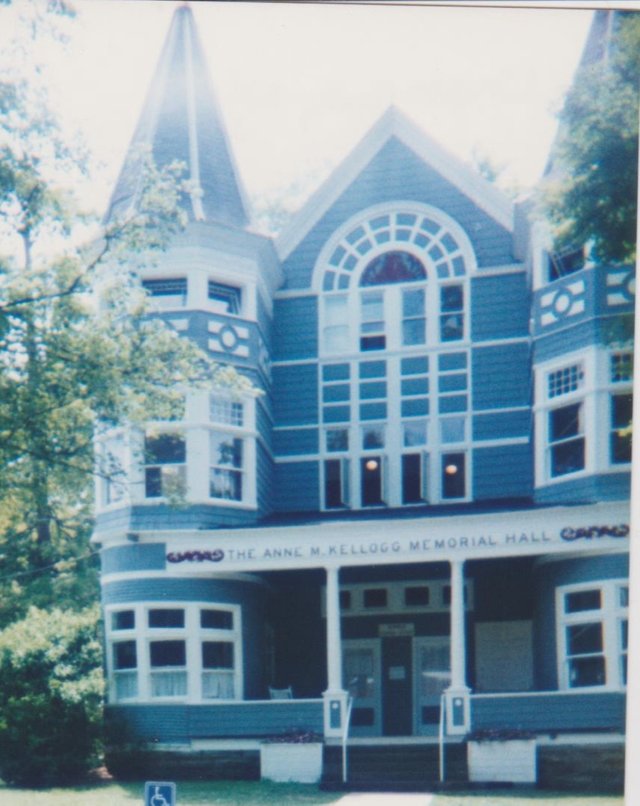
Built in 1889, The Anne M. Kellogg Memorial Hall was relocated to make way for the Colonnade Building and is currently being used as a television station office and summer school headquarters. This building is classic Queen Anne style architecture found throughout the town.
Chautauqua Today
In 2014, Chautauqua was named as #1 Best Small Town to Visit by Smithsonian.com. Amazingly, the town, although it has gone through some historical border changes, has not changed much in population. According to the 1915 census, the citizen population was 3,854 and in 2000, it had only grown to 4,666 people.
This small town feel is dominant everywhere you go there. The friendly people are more than willing to help out, no matter if you are a citizen or a visitor. Being there is almost surreal, reminescent of a time long ago.
More than just a lakeside town with golf and swimming (of course, relaxing by the lake was one of my favorite pasttimes), there are so many more experiences to be had while visiting Chautauqua. Don't expect any loud concerts or much nightlife, such as bars and clubs. It is much more laid back than we city folk are used to. There is plenty of cultural opportunities through ballet presentations, art openings, and performances of the Chautauqua Symphony Orchestra, the Opera Company and the School of Dance. Lectures and classes are held regularly at the Chautauqua Library (Chautauqua Literary and Scientific Circle) and the 4,000 seat amphitheater. Read more on why Chautauqua was chosen as a Best Small Town here.
While spending the week at Chautauqua, I had some extra time to explore the charming streets. It felt like a town built in history and never modernized, except for updated utilities, streetlights, water, and the like.
These are a few of the homes and hotels that I found appealing on my journey around the town:
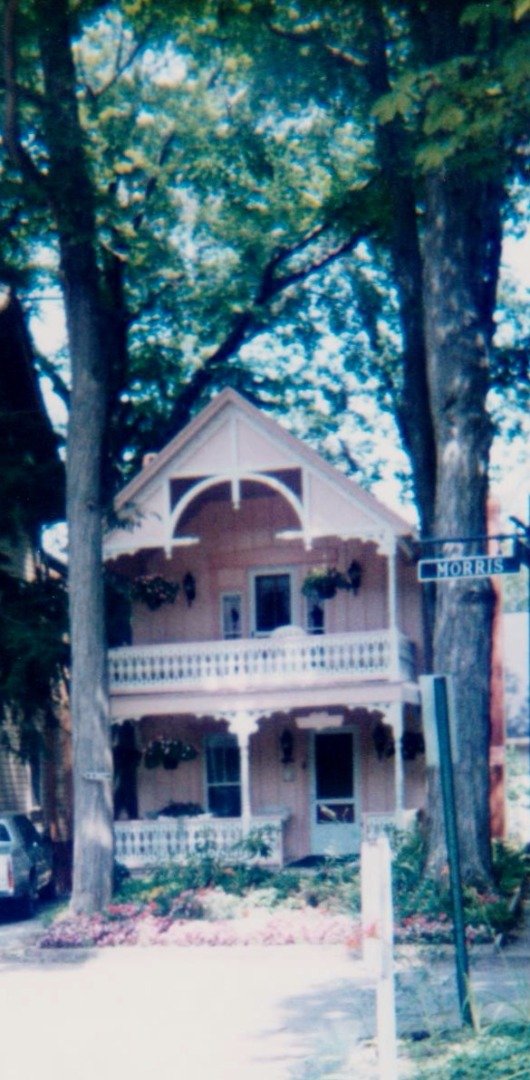
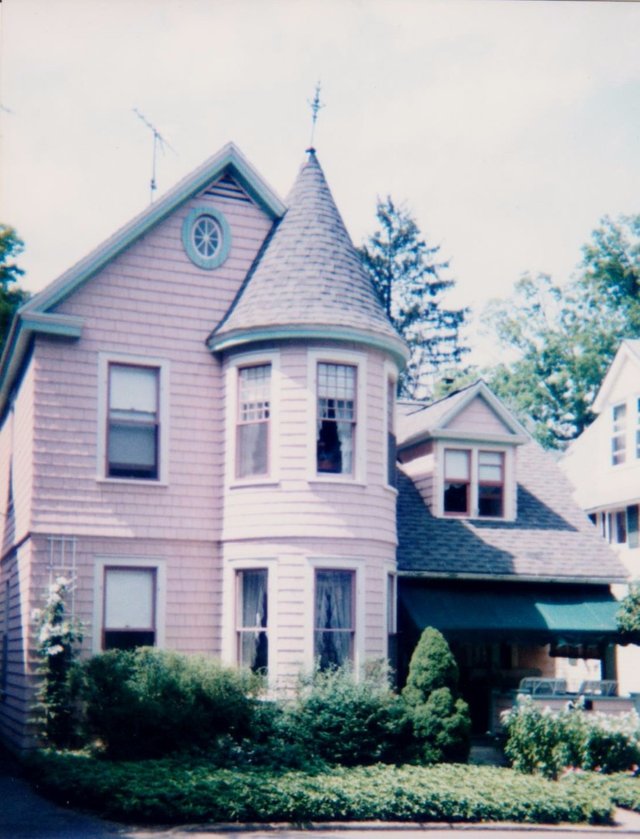


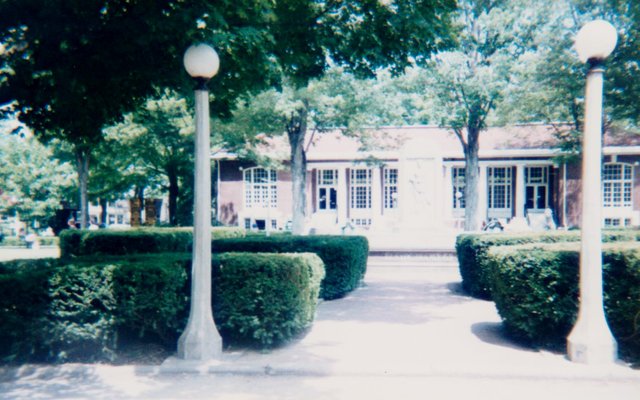
If you are travelling to New York and are looking for a quite stop, in or out of season, I would absolutely suggest checking out Chautauqua Lake and the surrounding towns, Chautauqua, Jamestown and Mayville amongst others. It was an experience that I am very glad that I had and I believe that history buffs would enjoy it as well.
- Smithsonian's 20 Best Small Towns to Visit in 2014
- History of Chautauqua, NY
- Chautauqua Institution's History
- Chautauqua Institution Historic District
It has been the struggle of the world to get more leisure, but it was left for Chautauqua to show how to use it.
- President James Garfield, Assembly address, 1880